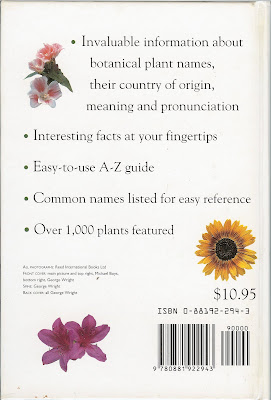
You have to love an art book that starts with these two sentences: “There really is no such thing as Art. There are only artists.” And so starts the book The Story of Art by E.H. Gombrich (1909-2001), first published in 1950. It is considered to be one of the most accessible introductions to the (Western) visual arts. The first aspect of the book that stood out for me is that on almost every page Gombrich ties in the current discussion to past and future works. You almost certainly will be flipping pages to look at an illustration somewhere else in the book – which is a good thing. The story that Gombrich tells has a strong feeling of continuity through history. The second aspect of the book that I like is that Gombrich is opinionated yet not to the point of turning you off. He leaves room for other interpretations.
I will confess that I’ve read about 100+ pages of the more than 500+. I generally skip around and read a few pages here and there. One idea that I came across in The Story of Art was the explanation for the very specific look of Egyptian art, and specifically the contorted body poses. The Egyptian artists produced their work less for viewing and more for helping the deceased in the afterlife. Therefore, they represented objects like the human body and its parts from the most recognizable angles. This gives rise to the head in profile with, full-frontal eye planted on it, shoulders turned awkwardly to face the viewer, and two left feet.

The final aspect of the book that I’ll point out is the chronological charts at the end of the book. At first glance they didn’t mean much, but on repeated inspections they start to make sense and in particular the first (which is reproduced below). It’s called The Millennial Perspective 3000BC-AD2000 and it shows at a glance the major periods/movements in time.
On the cover of the edition shown here is the Johannes Vermeer (1632 – 1675) painting Girl with the Pearl Earring.













